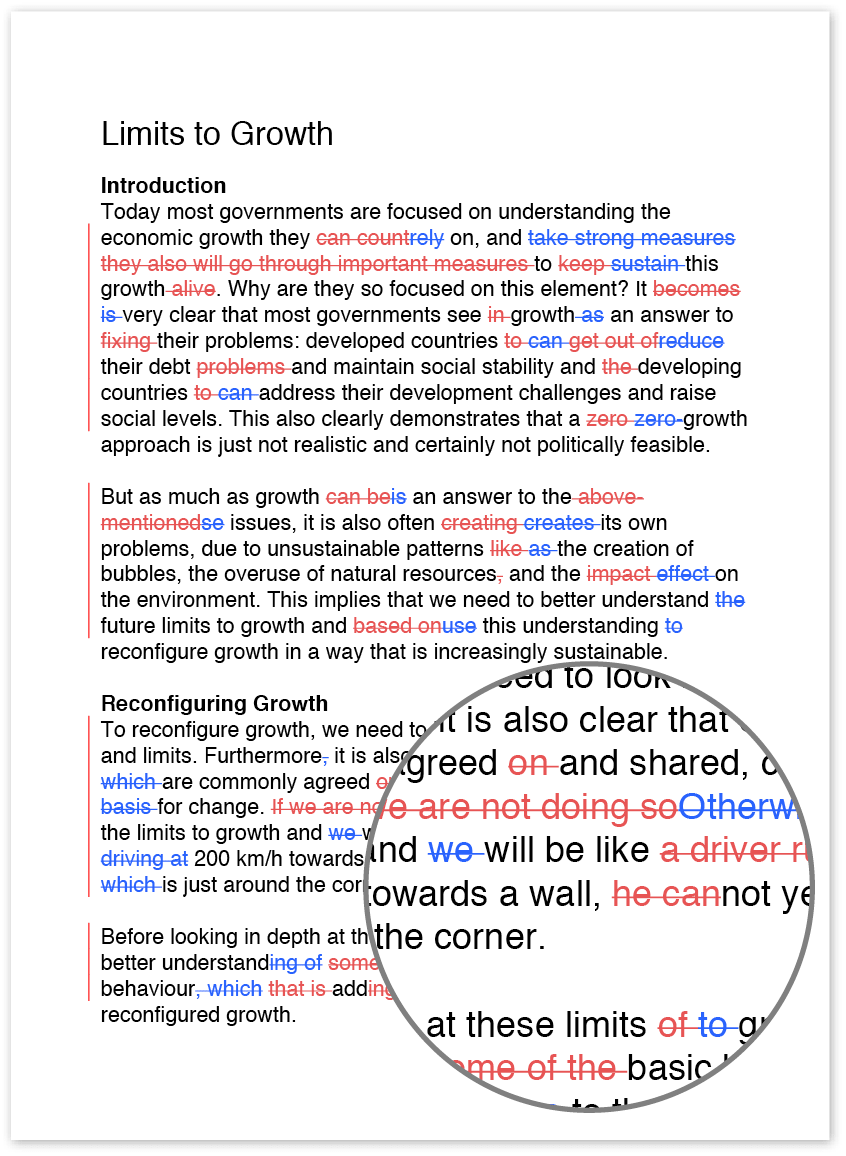Basic English communication skills
Communicating clearly is important whether you are communicating with your boss, a colleague, a teacher, or a personal friend. Unclear, vague communication or communicating only some of the information needed can lead to misunderstandings or worse. When communicating in writing, it is important to remember some basic communication guidelines to ensure that you provide all the information needed in an appropriate manner, thus avoiding problems in the future.
Use correct English spelling, grammar, and punctuation
The importance of checking your spelling and ensuring that you use proper grammar and punctuation cannot be understated. Doing so can help you avoid many misunderstandings and bolster your reliability. Many resources and articles are available online to help you learn how to use correct English grammar.
Remember that in written communication, your reader cannot hear your tone of voice or see your body language.
While you might think a remark is sarcastic or funny, your reader might see it as rude or mean. In verbal communication, those we talk to can see our body language and facial expressions, and they can hear our tone. For example, a colleague can see you smile and hear you laugh as you joke about not finishing the pile of work on your desk. However, in an email, he or she could take the same remark completely seriously. Think about what you have written (particularly in professional or academic conversations) and consider whether the person with whom you are conversing would be likely to take any remarks the wrong way.
Be clear and concise
In written communication, you want to make sure you provide the information needed without overwhelming the recipient with a lot of unnecessary information. Likewise, you want to make sure the information you send is not vague. One simple way to make sure your meaning is clear is to avoid overusing pronouns. For example, in the sentence “They went and got some,” we can’t tell which people are being discussed, where they went, or what they got. Using pronouns is ok if you have already clearly referred to the items or people in a previous sentence or phrase (e.g., “John told Mark they needed some milk from the store, so they went and got some”).
Another way to ensure that your communication is clear and concise is to delete unnecessary words. For example, instead of using “we are able to,” use “we can”; instead of using “and also,” just use “and.” You should also break up long blocks of text into paragraphs so they are easier to read and ensure that you don’t use run-on sentences. Doing so can vastly improve the clarity of your work. It’s best to read through your written work at least once before sending it to someone else to ensure that you don’t have any errors, your meaning is clear, and you haven’t included any vague or easily misunderstood phrases.
Consider what type of communication you are writing and use an appropriate style
You will write an email to a friend using a different style than you would when writing a business letter or an academic report. Personal communications can often be informal; for example, in an email to a friend, you can use contractions, slang, and emoji. However, when writing something that will be submitted to a colleague, your boss, or a teacher, you should use a more formal writing style.
You should also consider your audience and their level of understanding regarding the topic you are writing about. For example, if you are writing a technical manual for an audience of readers who are familiar with the processes described, you would not need to define every term. However, if you are writing a manual aimed at an audience of laypeople, you would need to provide more detail regarding terms, processes, and equipment used.
By following these simple guidelines, you can ensure that your written English communications are clear and useful for your audience.
Read more
Basic English sentence structure
English (UK) grammar exercises

